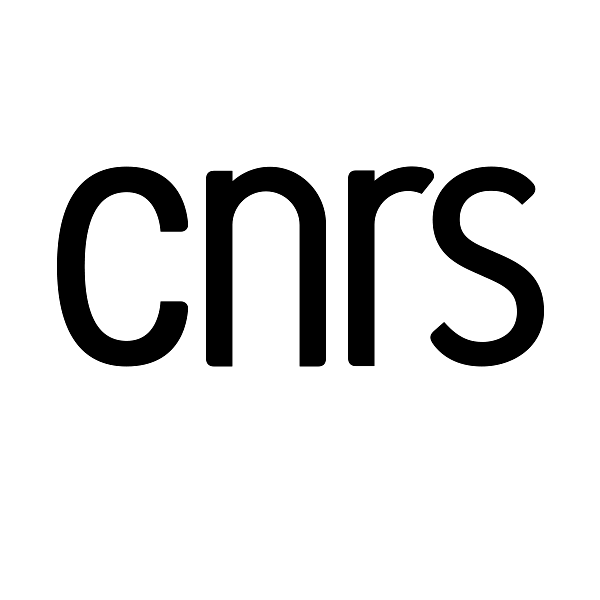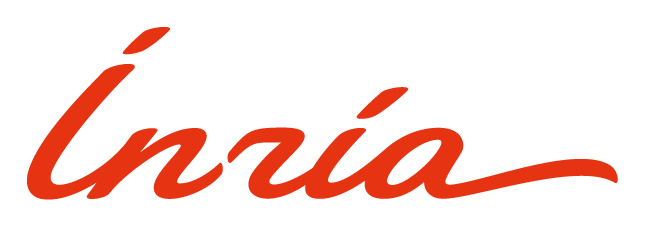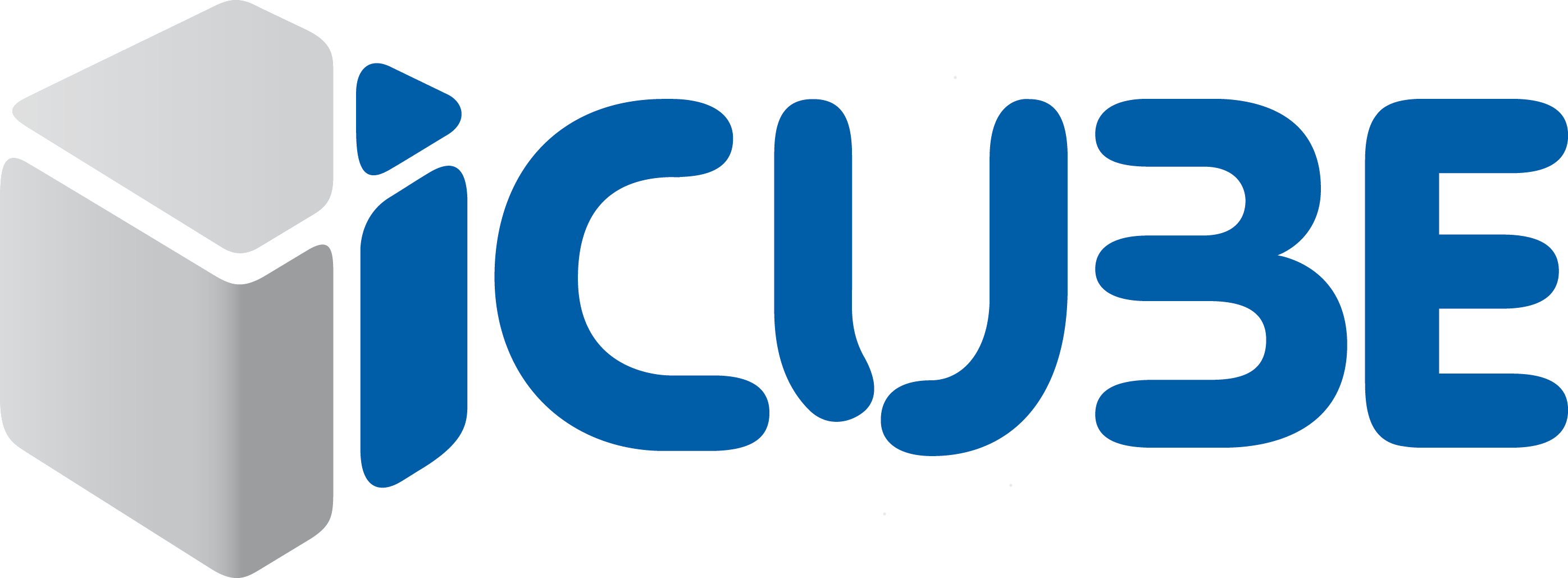The annual ITI IRMIA++ day will take place on Monday, November 17th at IRMA (Université de Strasbourg). This event is the occasion to gather all ITI members around scientific presentations and a convivial lunch.
10:30 - 12:30 Scientific presentations (Conference room, IRMA)
Blandine GALIAY (IRMA), "Convex projective geometry and divisible convex sets"
Abstract : Convex projective geometry is the study of properly convex open subsets of real projective space, that is, convex domains which are bounded in an affine chart. After introducing the fundamental objects and presenting some examples, we will focus on the theory of divisible convex sets, which deals with convex domains admitting a large group of projective transformations. We will explain how this rich theory is deeply connected to several areas of fundamental mathematics.
Laurent CHEMIN (ObAS), "The quest of faint Hydrogen gas with the new generation of radiotelescopes"
Abstract : During the next decade, a new generation of astronomical observatory, the Square Kilometre Array, will be operational. It will be the largest and most sensitive radiotelescope ever built, providing up to 700 PB of data each year. One of its main scientific goals is the study of the 21cm emission line of the atomic Hydrogen (HI) gas in billions of galaxies. I will present two surveys of the HI line performed with MeerKAT, a precursor of the SKAO, addressing the quest of extremely low density HI gas around spiral galaxies, and the first attempt to measure the evolution of the HI line across cosmic time.
Paul LASCABETTES (IRMA), "An approach to pattern discovery in music based on mathematical morphology"
Abstract : This presentation is about the discovery of repeating patterns in musical data using the theory of mathematical morphology. We demonstrate how this theory, which is mainly applied to image processing, can be used to obtain fundamental mathematical results for the discovery of musical patterns. Using these results, we propose a method for discovering maximal patterns, i.e. patterns to which it is not possible to add points to without decreasing their number of occurrences. This work provides some understanding of the importance of maximal patterns in music data, which is a current problem in the music information retrieval community.
12:30 Lunch cocktail (Break room, IRMA)







